
Proposal Templates – 170+ Free Word, PDF, Format Download!
Are you a visionary or a pioneer who needs a grant? If so, you might want to survey all over…
Jan 15, 2025
A project proposal is a structured document that outlines the objectives, scope, and implementation plan of a project, serving as a roadmap for stakeholders. Designed to persuade decision-makers, it highlights the project’s value, feasibility, and alignment with organizational goals. A well-crafted project proposal communicates the problem being addressed, proposed solutions, required resources, and anticipated outcomes in a clear and concise manner. Whether for securing funding, gaining approval, or aligning teams, project proposals play a critical role in driving initiatives forward. Tailored to specific audiences, they set the foundation for successful project execution and foster collaboration among stakeholders.
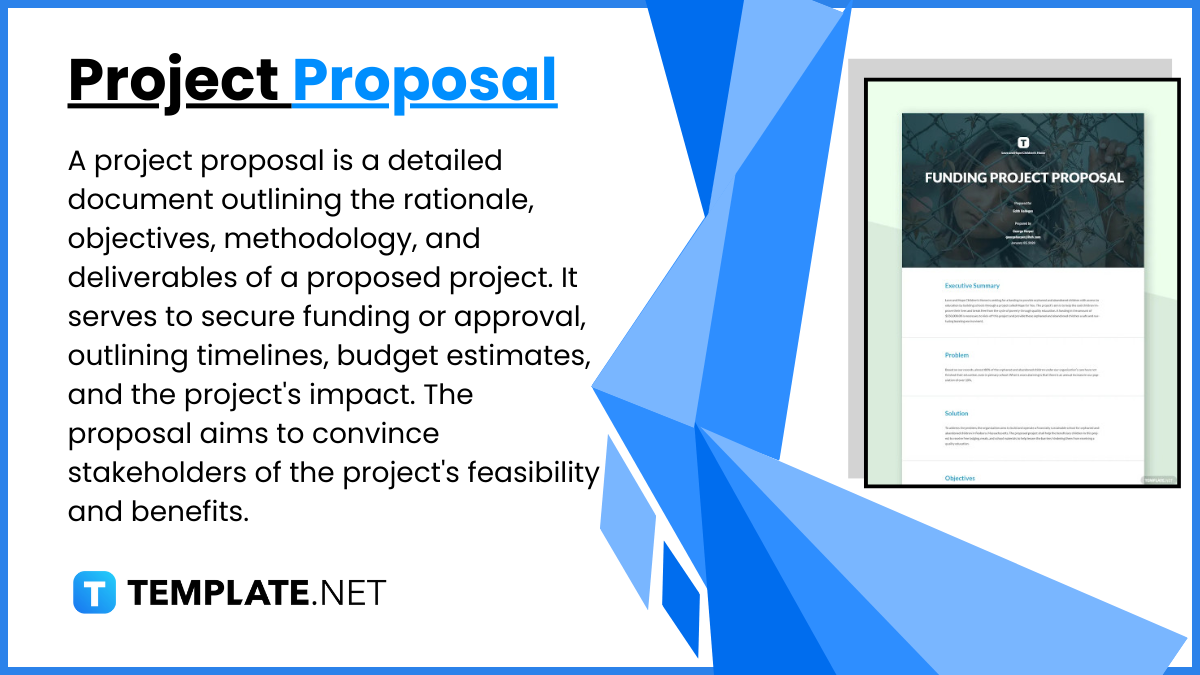
A well-structured project proposal format is essential for effectively communicating your project’s objectives, scope, and benefits. Below is a professional and widely accepted format that ensures clarity and readability, making it easy for stakeholders to evaluate your proposal.
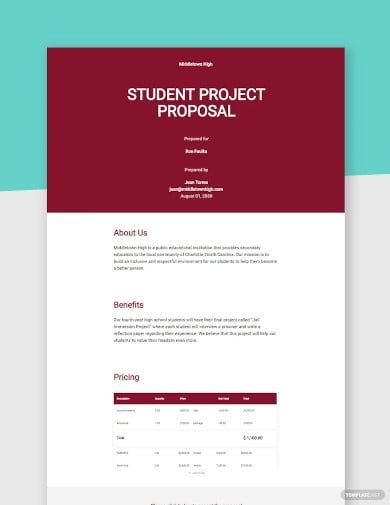
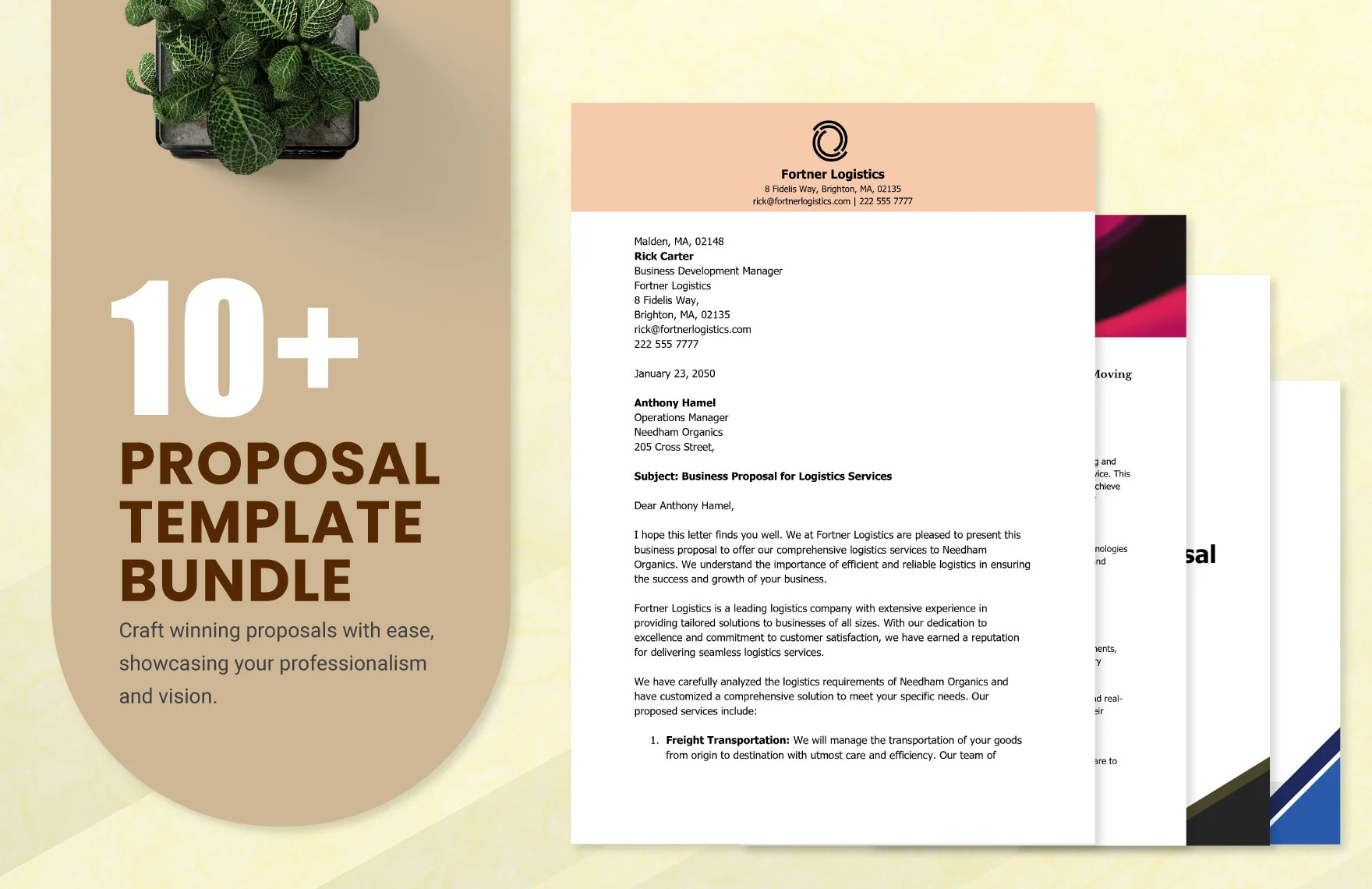
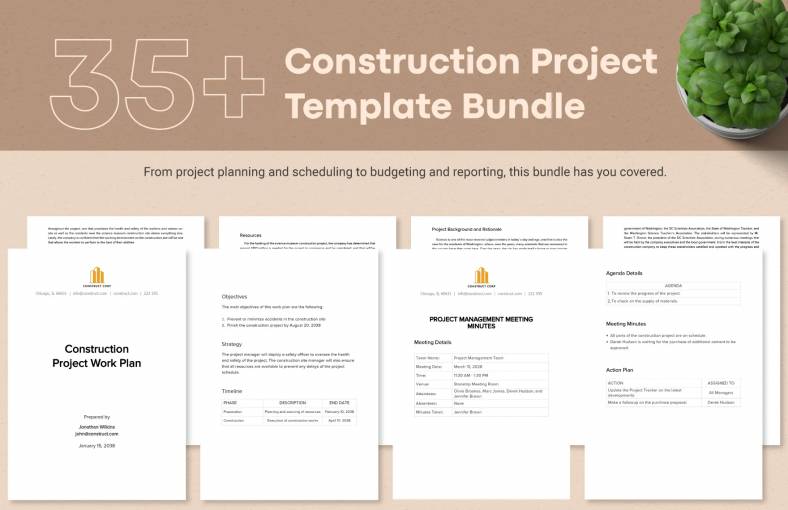
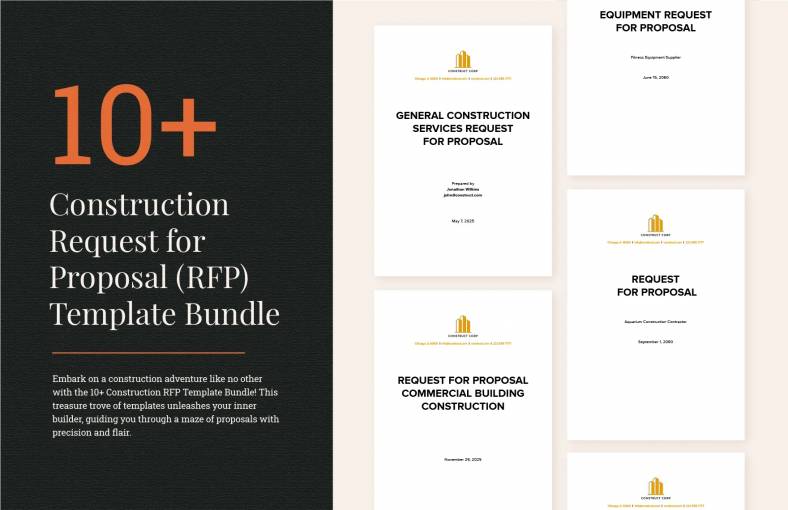
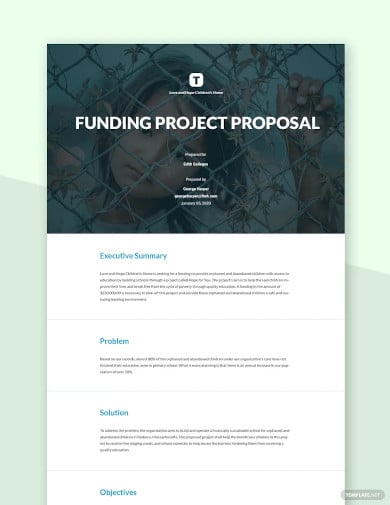
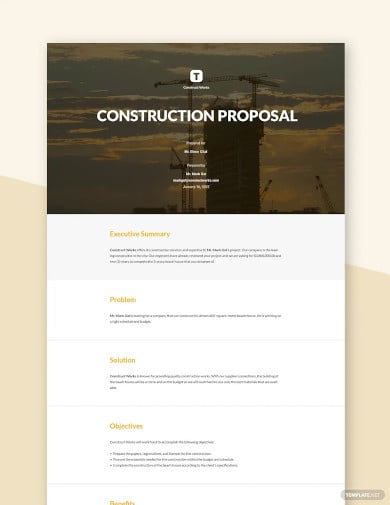
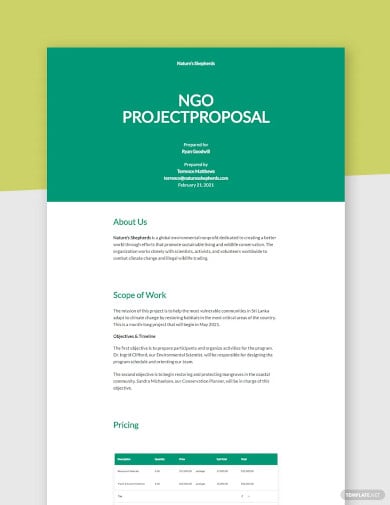

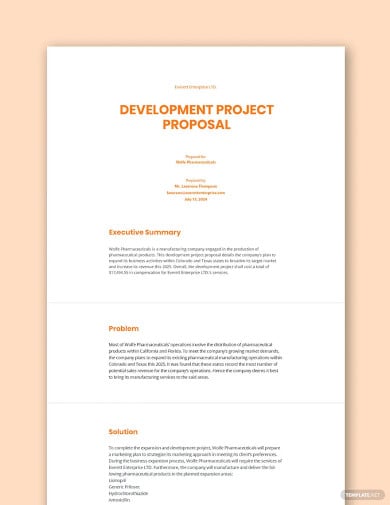
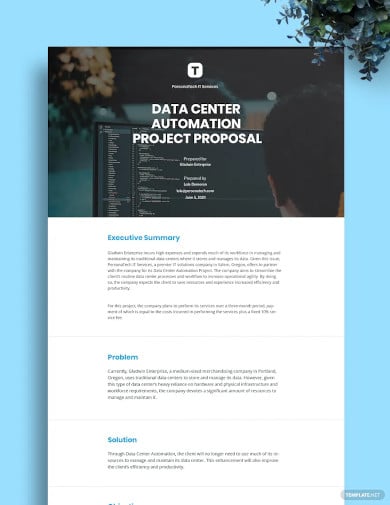
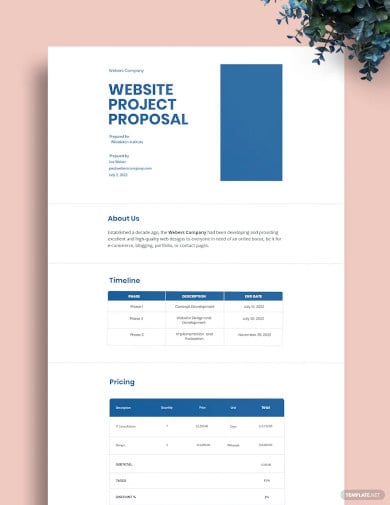
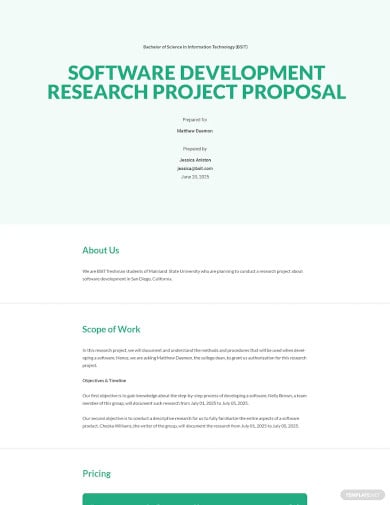
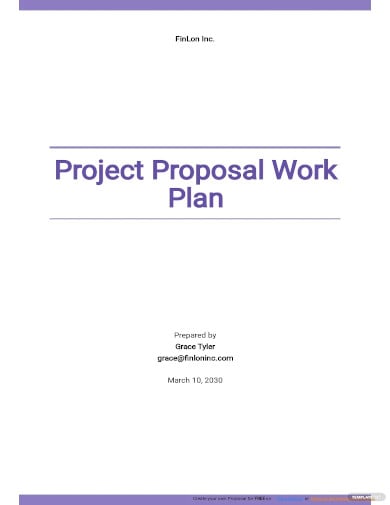
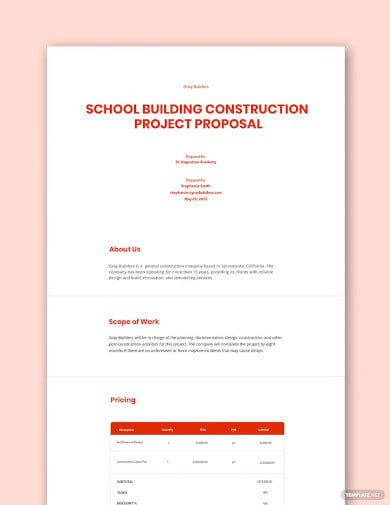
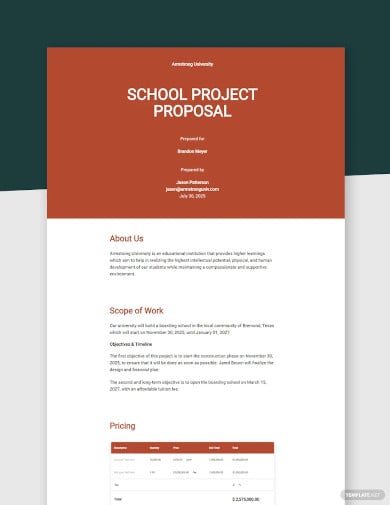
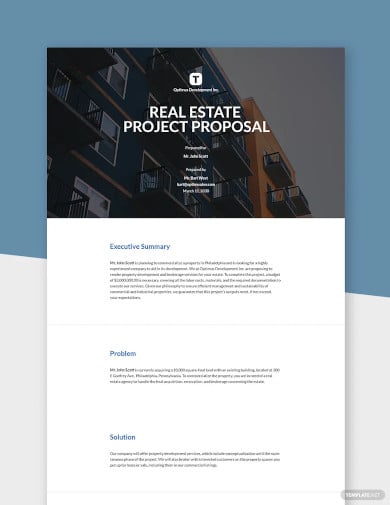
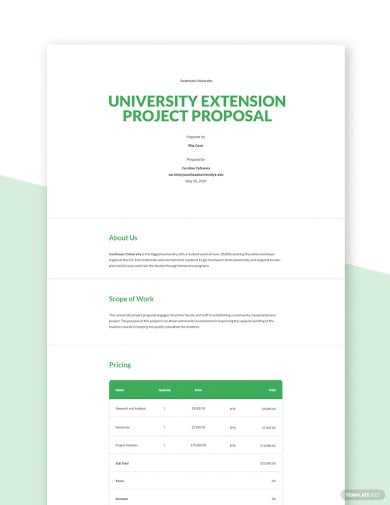


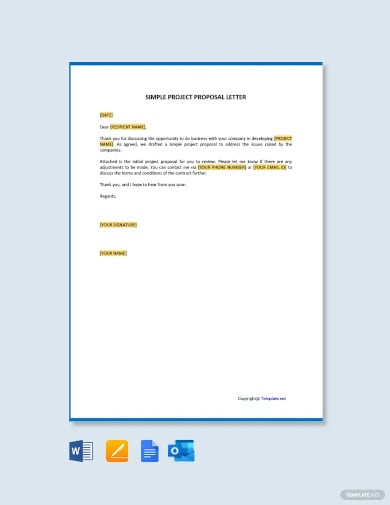
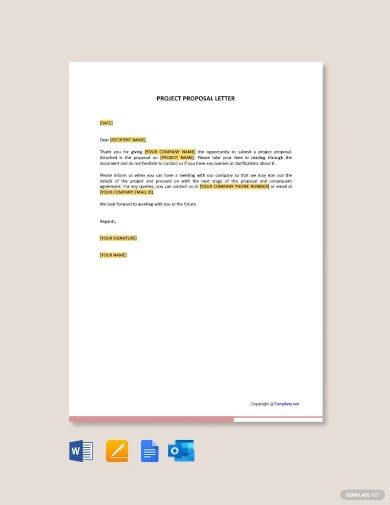
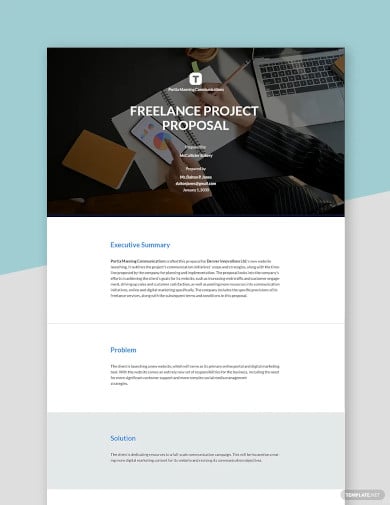
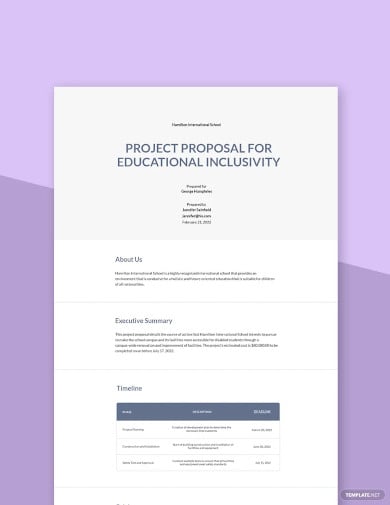
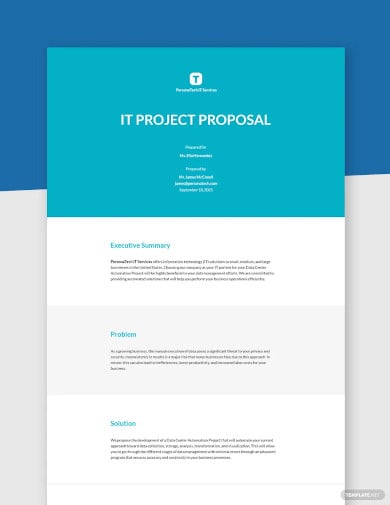
A project proposal is a brief description of an idea that you want to work on in a project. If you are looking for guidelines on how to write a project proposal, you can check out Project Proposals in PDF available online. You can take a sample note of the following points if you are working on a project proposal:
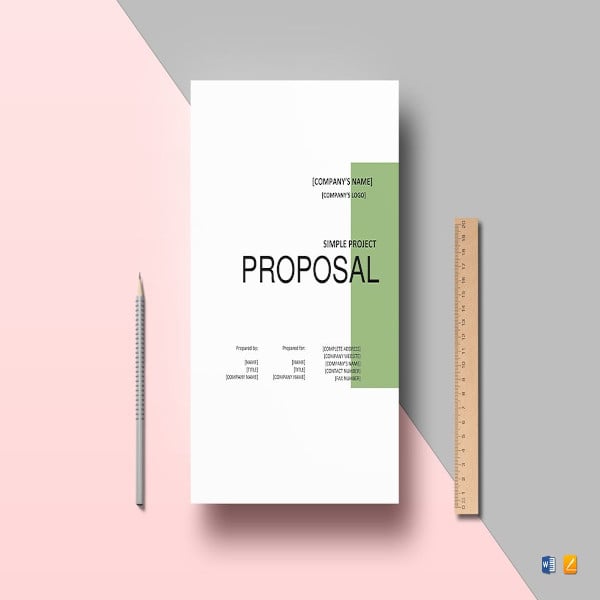
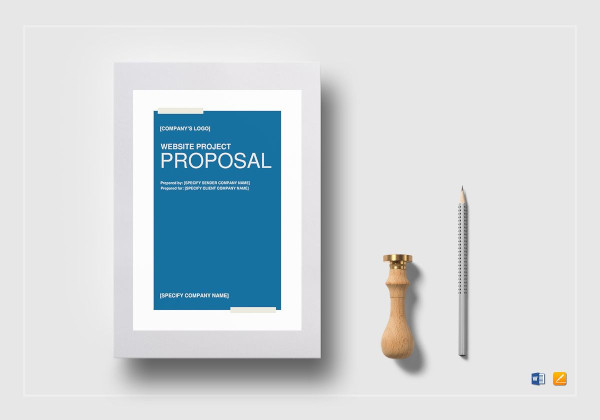
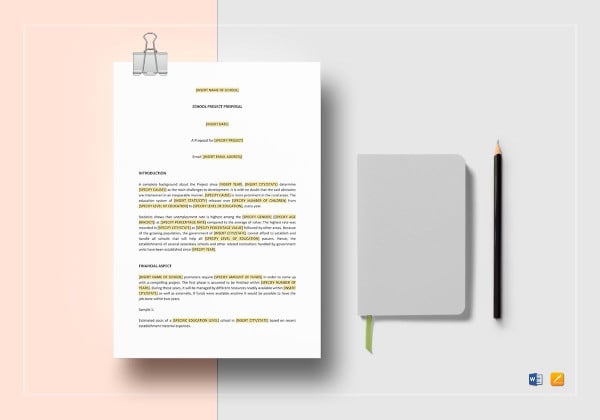
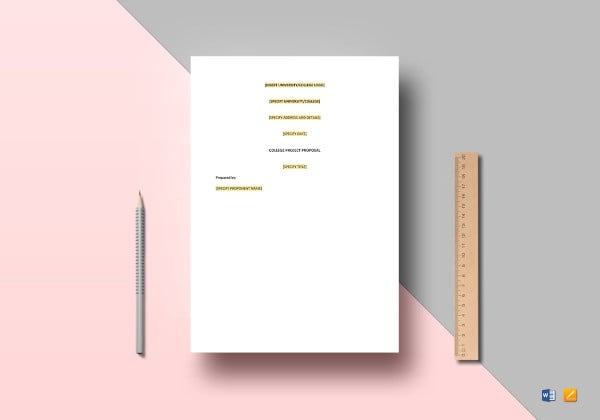
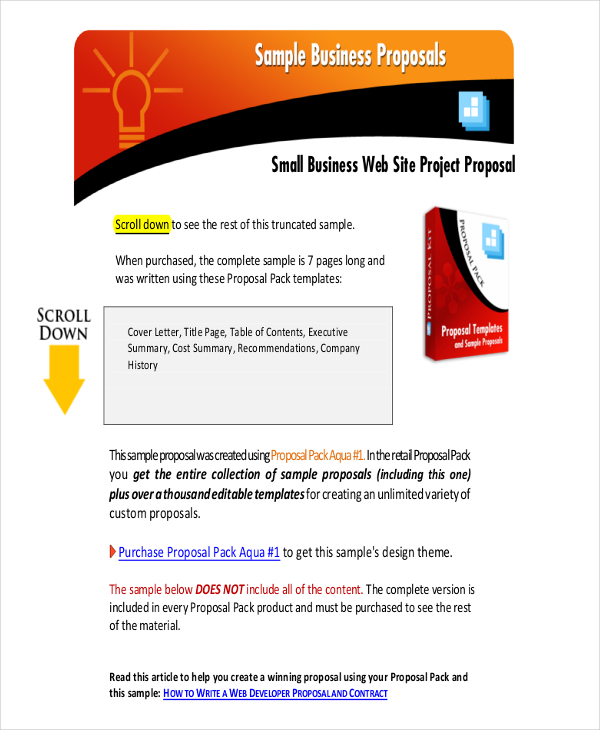 images.template.net
images.template.net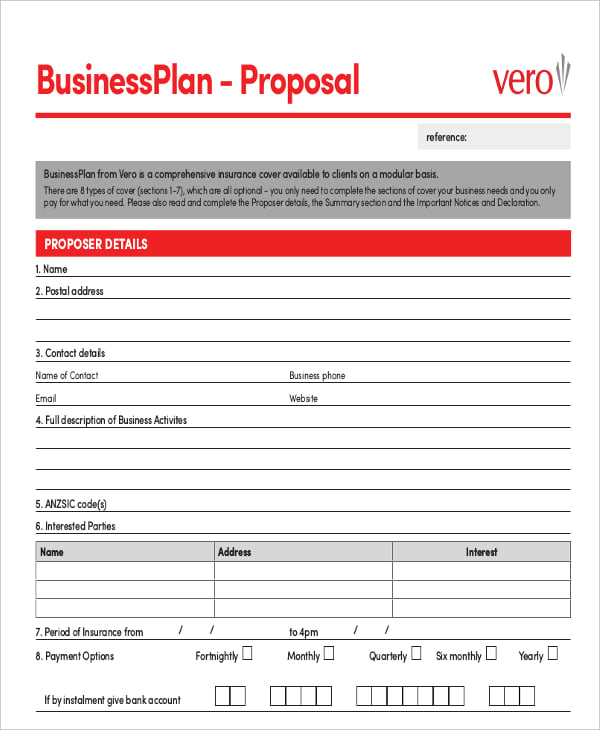 vero.co.nz
vero.co.nz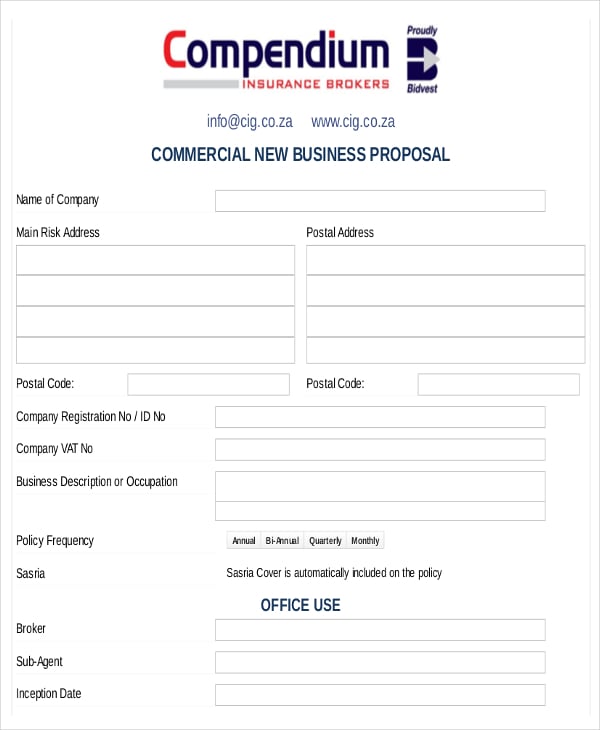 cig.co.za
cig.co.za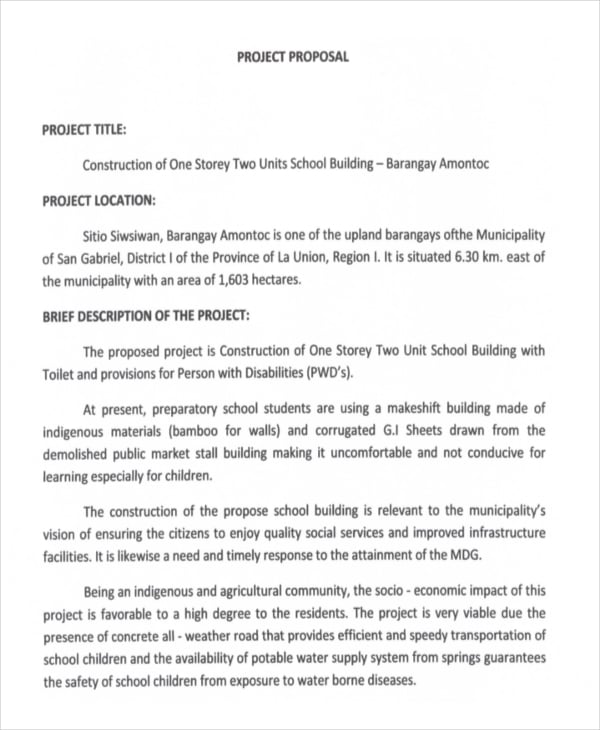 pcf.dilg.gov.ph
pcf.dilg.gov.ph planningdocuments.saccounty.net
planningdocuments.saccounty.net wau.anglican.org
wau.anglican.org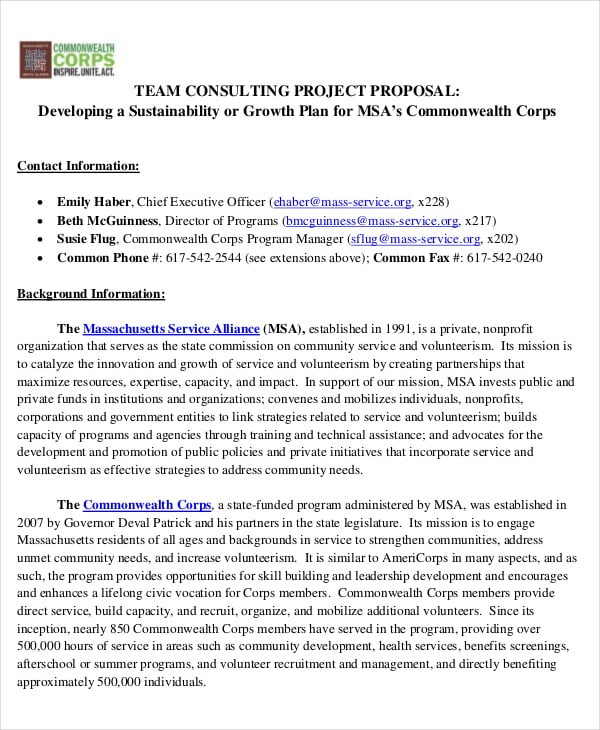 heller.brandeis.edu
heller.brandeis.edu mycourses.aalto.fi
mycourses.aalto.fi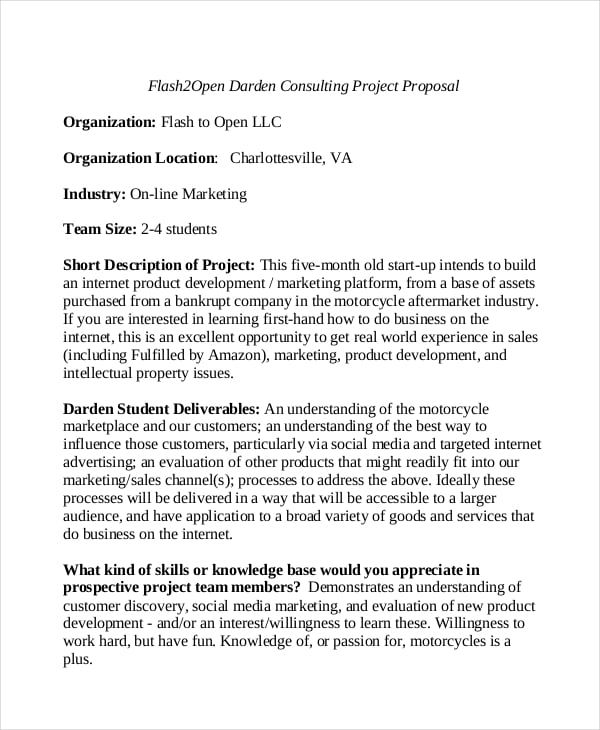 web3.darden.virginia.edu
web3.darden.virginia.edu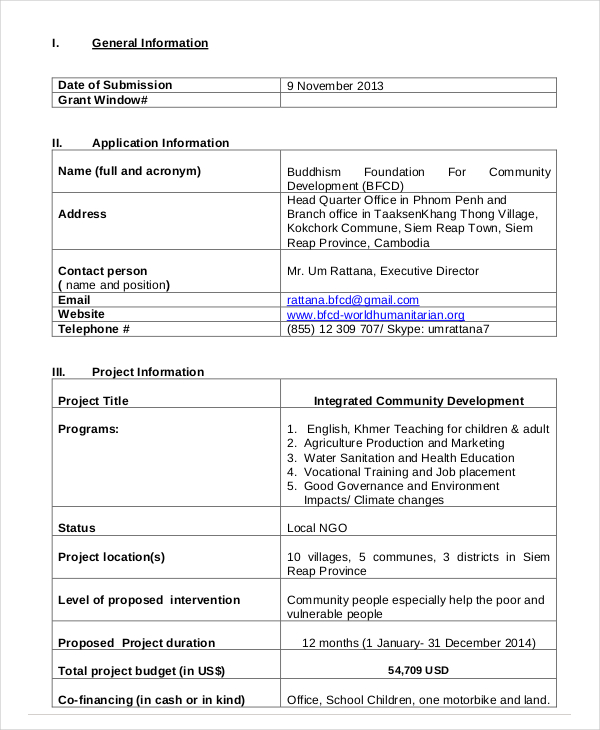 globalgiving.org
globalgiving.org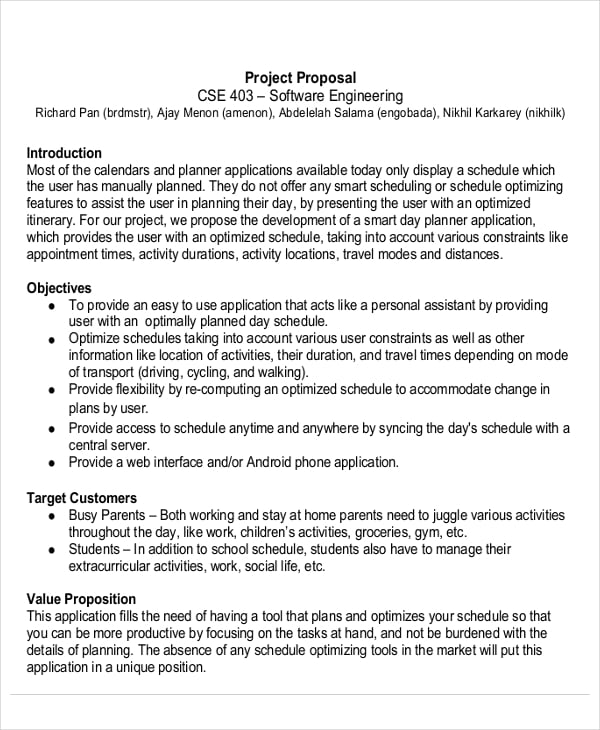 courses.cs.washington.edu
courses.cs.washington.edu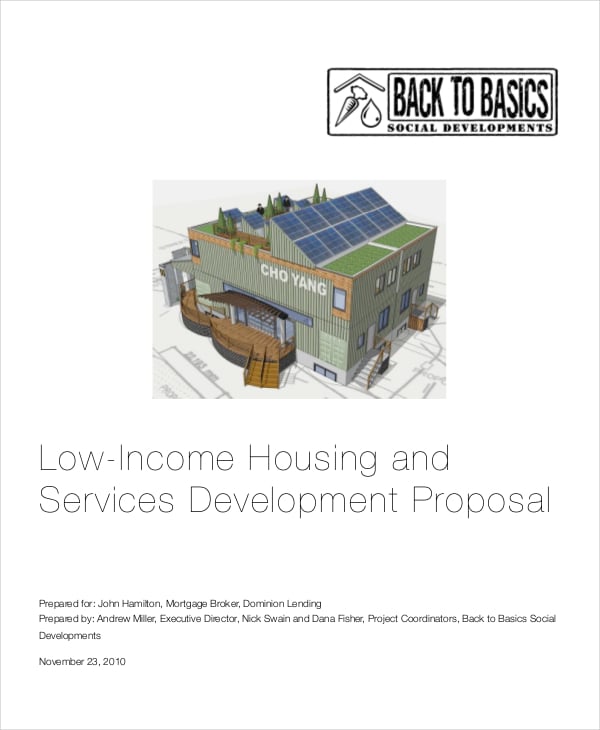 backtobasicscanada.com
backtobasicscanada.com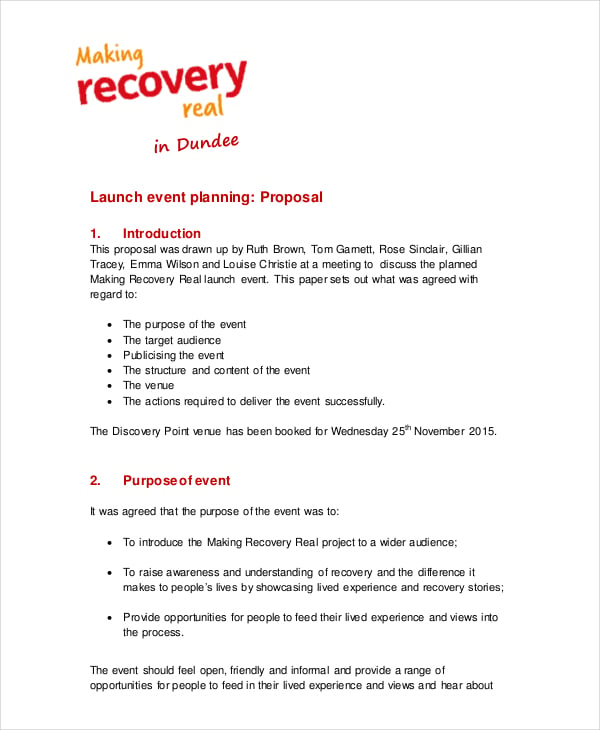 dundeecity.gov.uk
dundeecity.gov.uk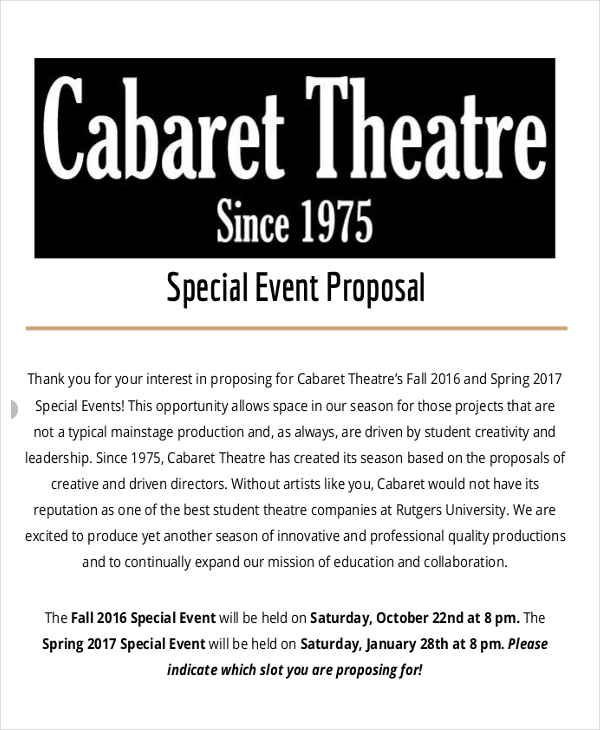 static1.squarespace.com
static1.squarespace.com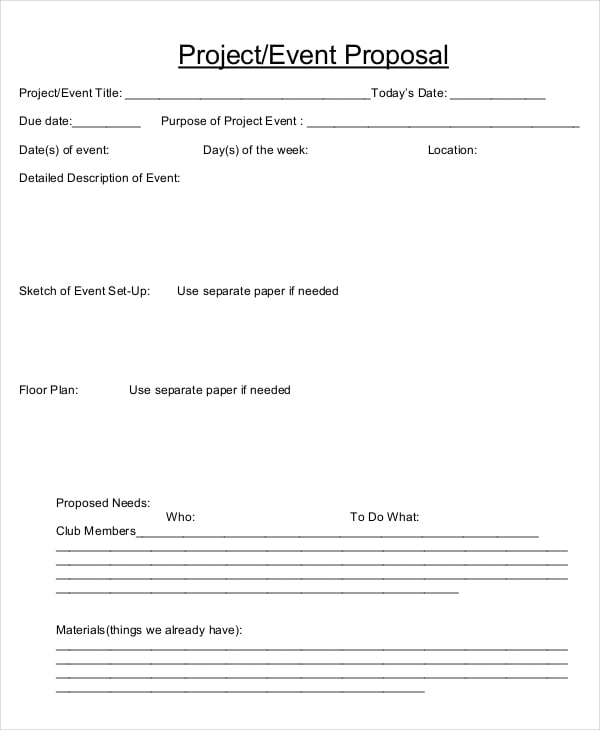 tbms.wpusd.k12.ca.us
tbms.wpusd.k12.ca.usTo have an effective project proposal, it should contain all details essential for your proposed project. With our valuable project technical proposal templates, you will have a compelling project proposal in no time! Simply choose the appropriate template, download, modify, and you’re done! These are some of the template samples.
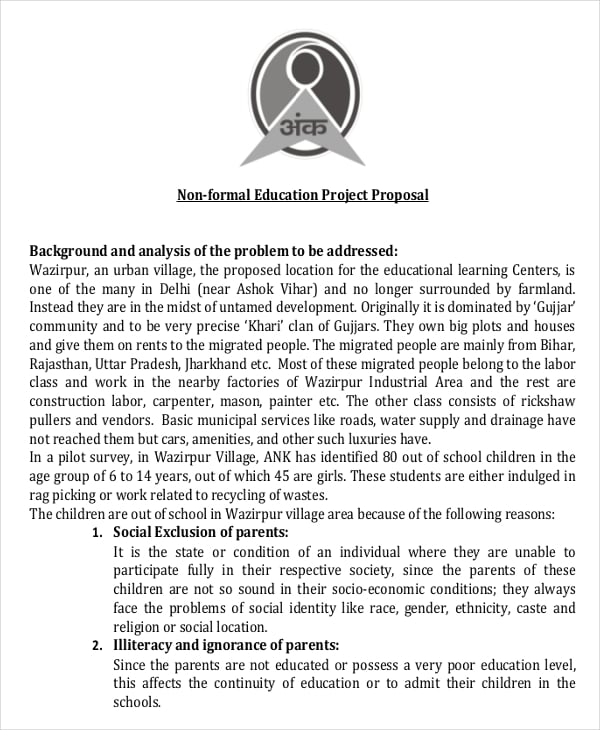 archive.ashanet.org
archive.ashanet.org immaculata.edu
immaculata.edu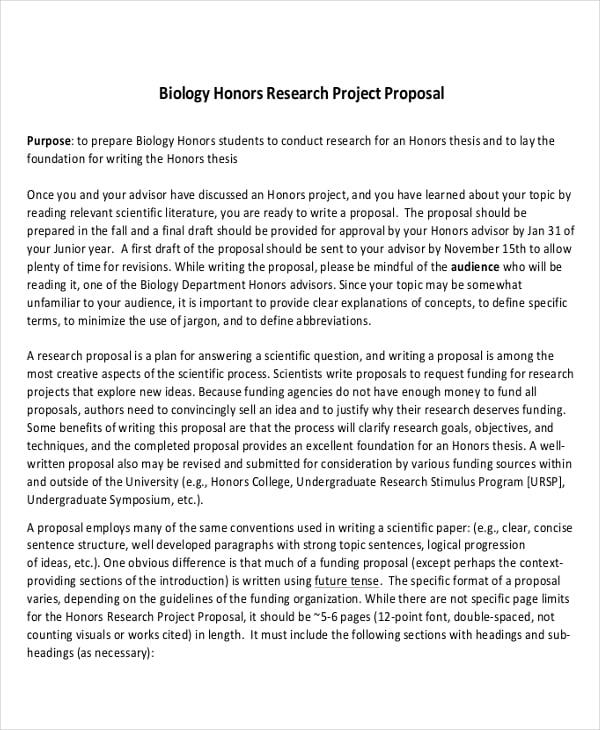 emich.edu
emich.edu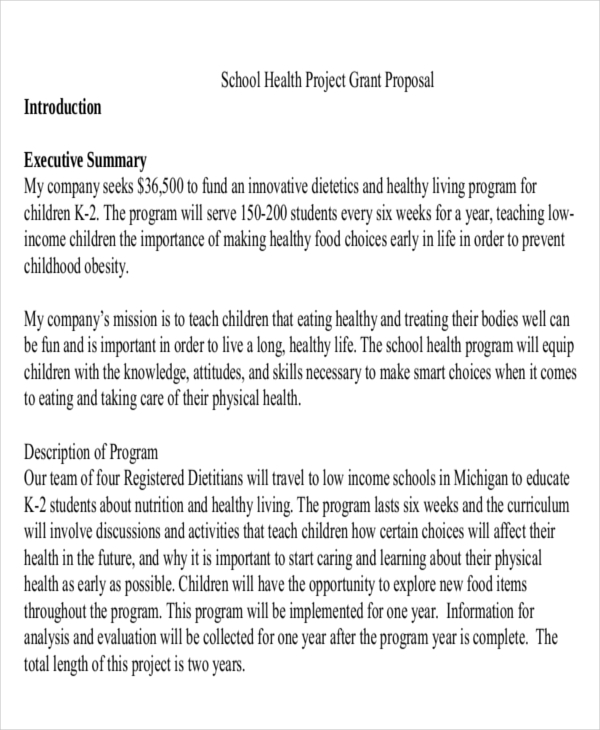 msu.edu
msu.edu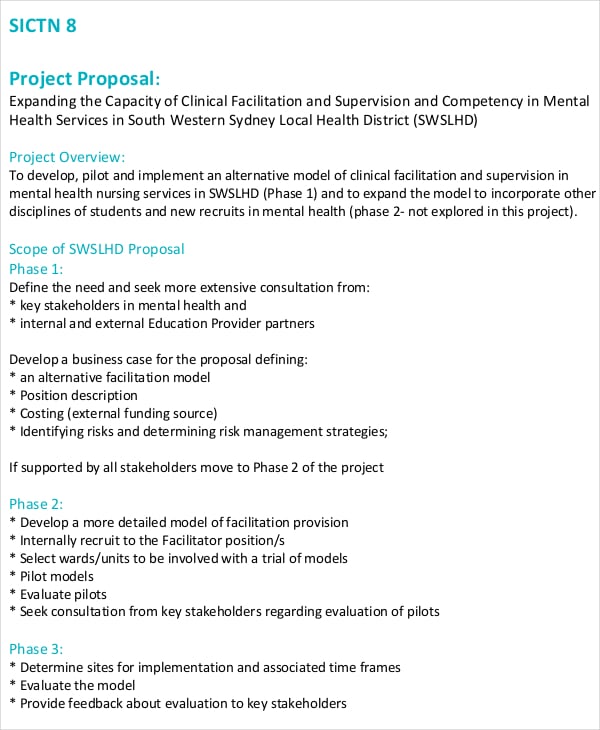 heti.nsw.gov.au
heti.nsw.gov.au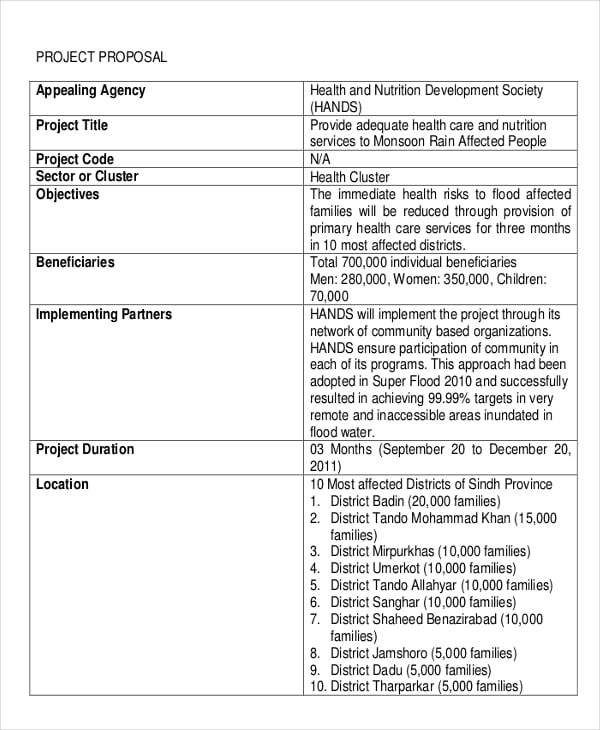 reliefweb.int
reliefweb.int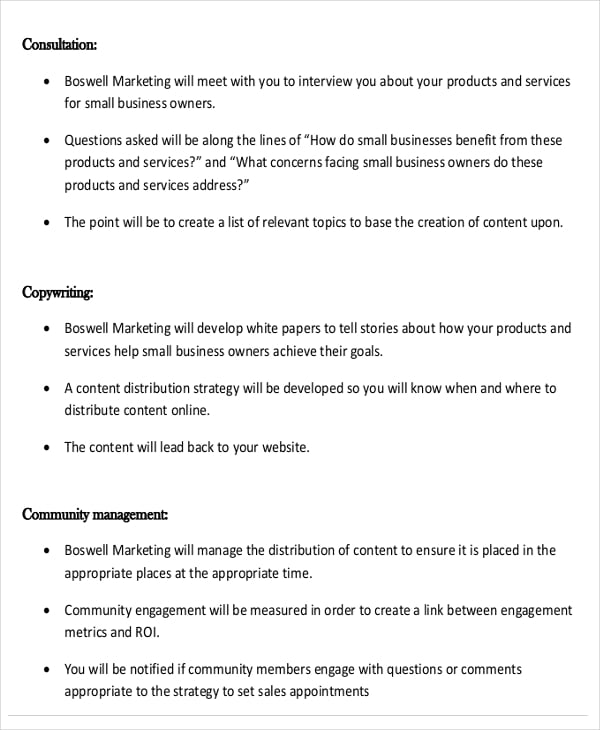 renownedboswell.files.wordpress.com
renownedboswell.files.wordpress.com info.gladstonerc.qld.gov.au
info.gladstonerc.qld.gov.au cityofirondaleal.gov
cityofirondaleal.gov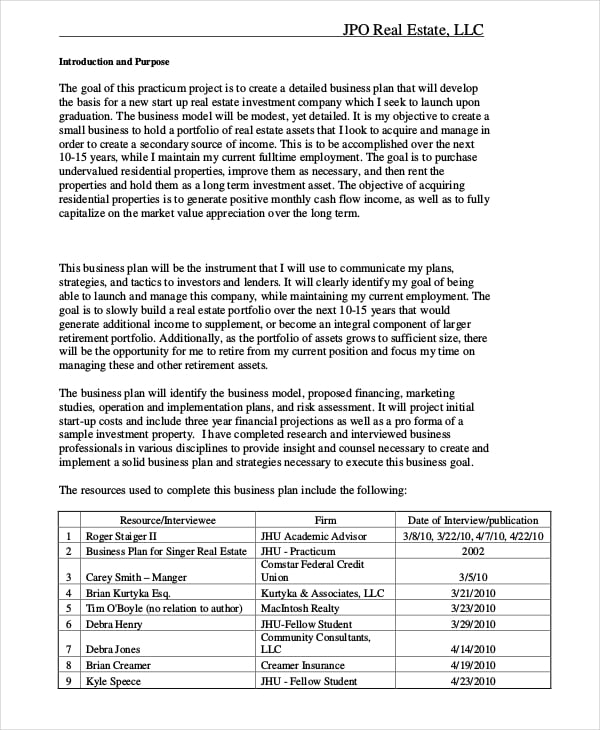 jscholarship.library.jhu.edu
jscholarship.library.jhu.edu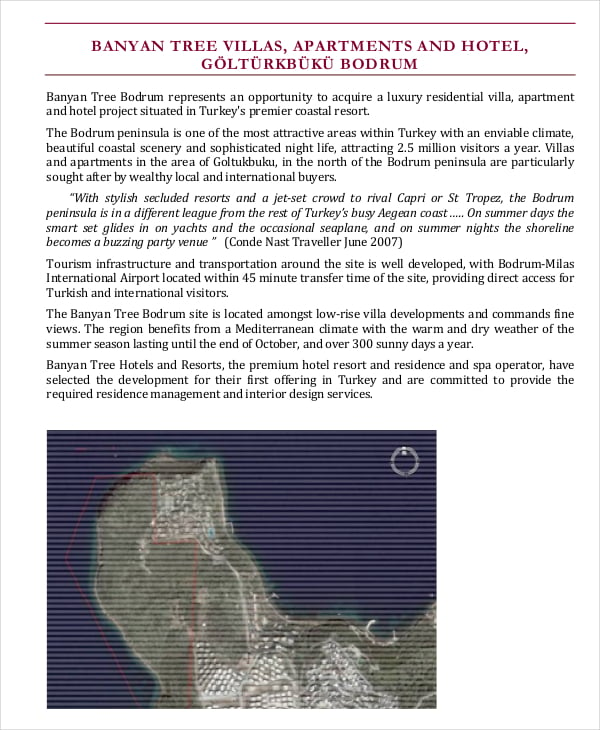 theottomanfund.com
theottomanfund.comWhenever you want to start a project, one important word document that you need to keep handy is your project proposal. You are probably already aware that this document summarizes all the information you need if you want to accomplish the project. Here are other reasons why project proposals in google docs are so important.
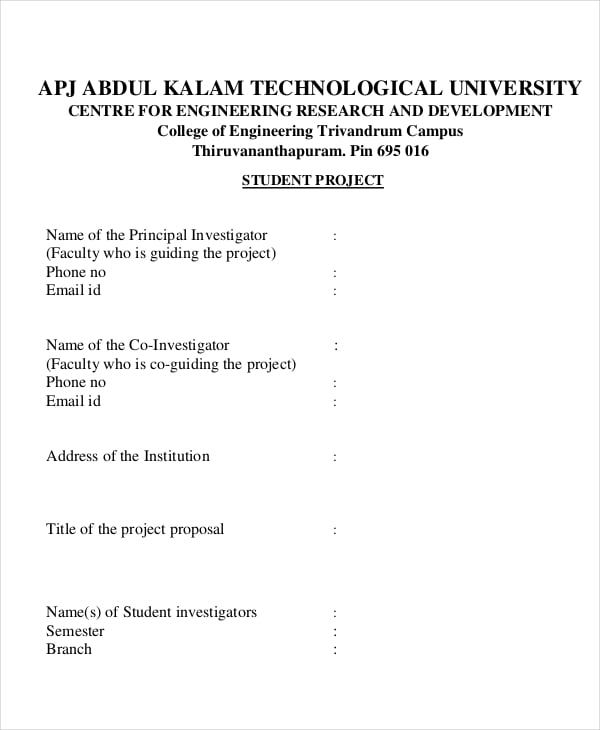 ktu.edu.in
ktu.edu.in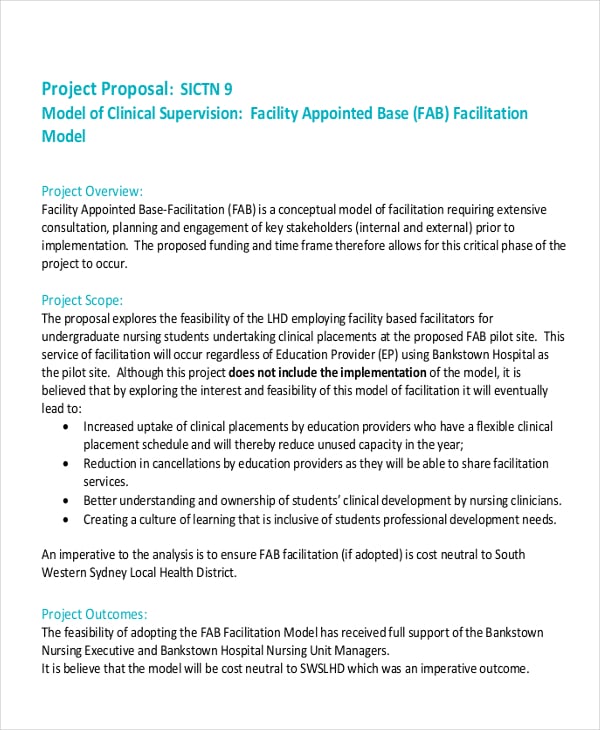 heti.nsw.gov.au
heti.nsw.gov.au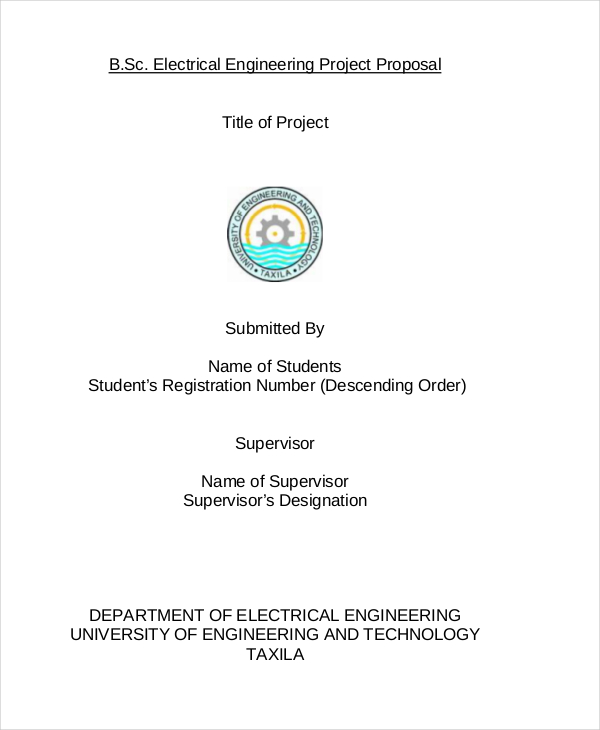 scetcivil.weebly.com
scetcivil.weebly.com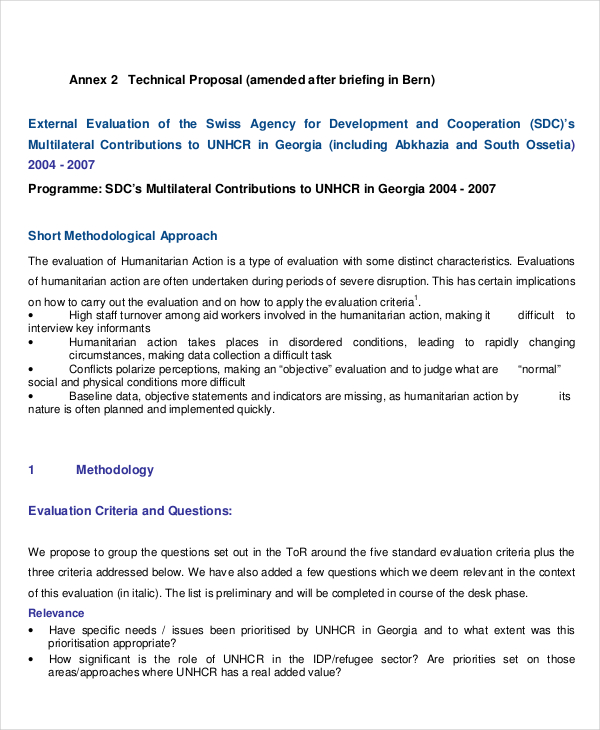 alnap.org
alnap.org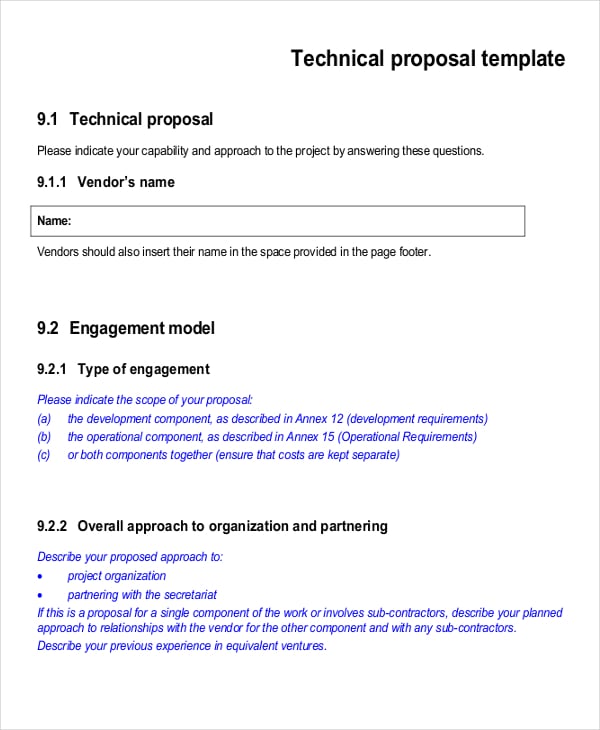 unfccc.int
unfccc.int perceval.gannon.edu
perceval.gannon.edu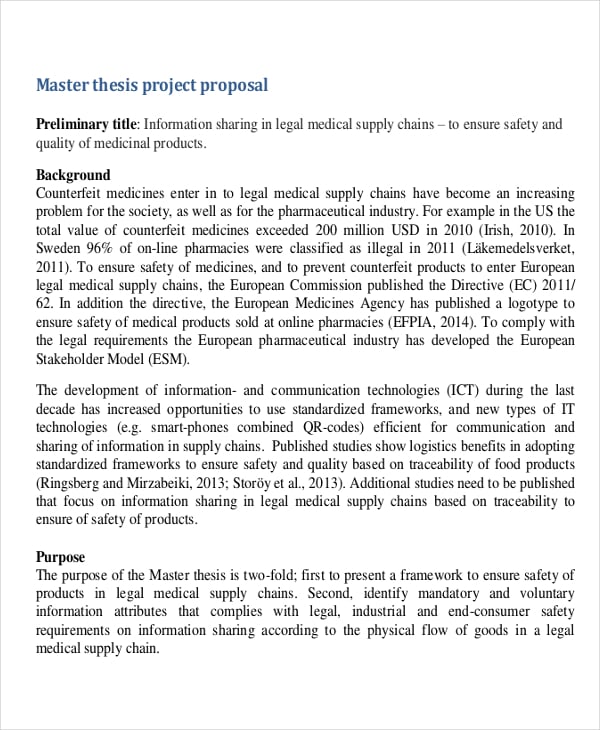 chalmers.se
chalmers.se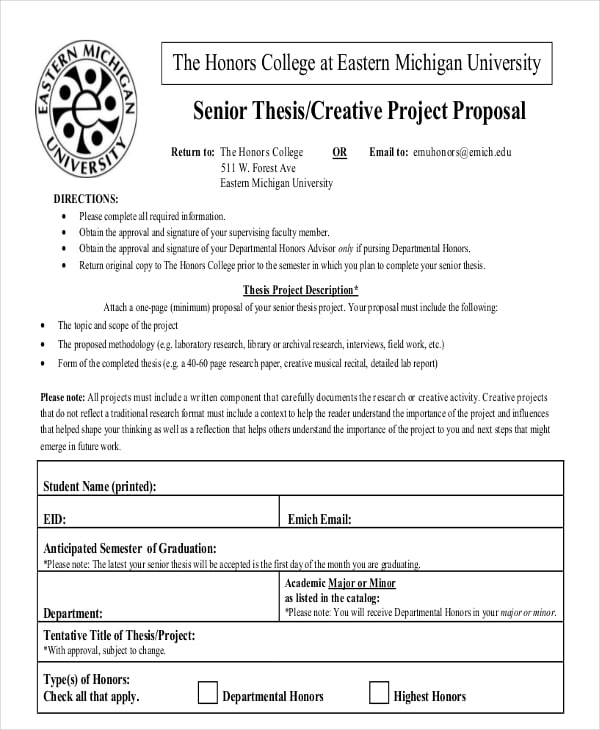 emich.edu
emich.edu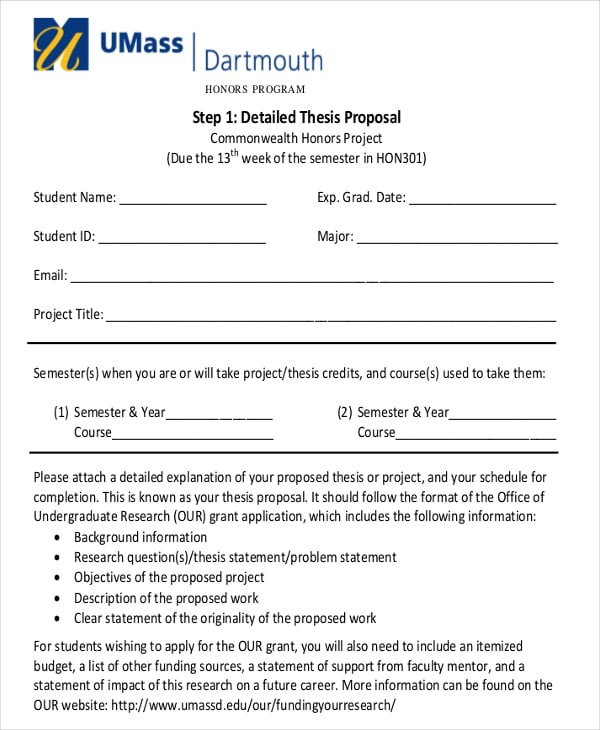 umassd.edu
umassd.edu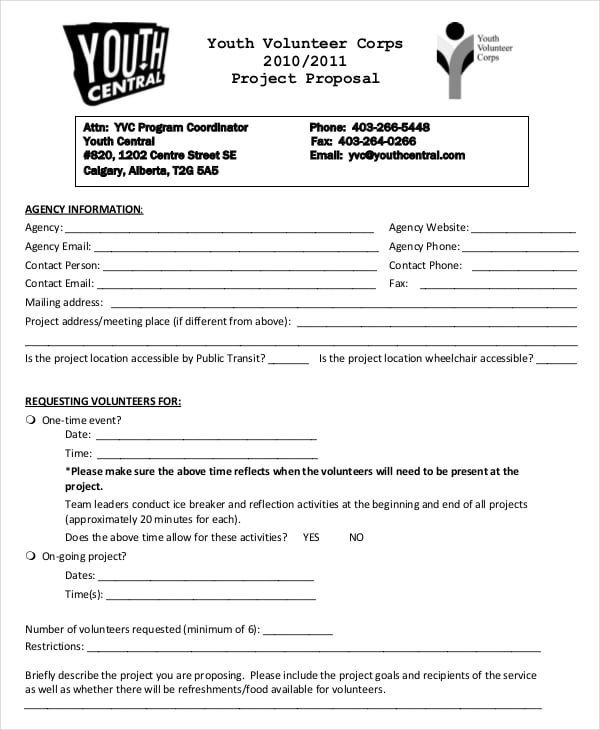 youthcentral.com
youthcentral.com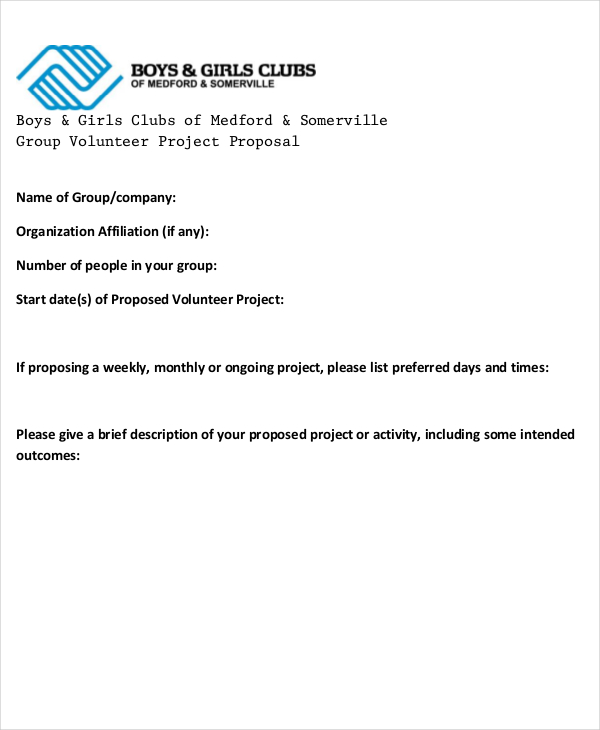 bgcms.org
bgcms.org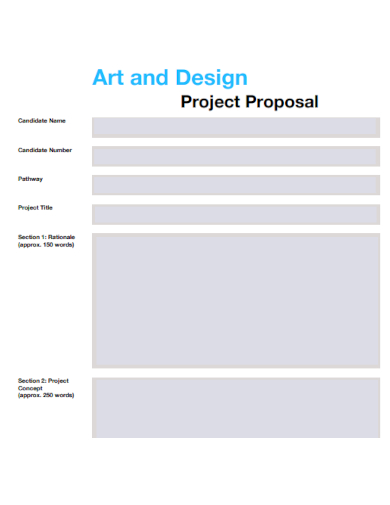 arts.ac.uk
arts.ac.uk
A project proposal is a detailed document that outlines a plan for a specific project. It serves as a roadmap to communicate the project’s objectives, scope, methodology, and benefits to stakeholders. Understanding the different types of project proposals is crucial for tailoring your approach based on the project’s goals and audience. Below are the main types of project proposals:
Solicited proposals are submitted in response to a specific request or invitation from a client or organization. These are formal documents that address the criteria outlined in a Request for Proposal (RFP).
Key Features:
Example: A company issues an RFP for a new software system, and vendors submit proposals addressing the technical and financial requirements.
Unsolicited proposals are submitted without a prior request. They aim to capture the attention of potential clients or stakeholders by highlighting innovative ideas or solutions.
Key Features:
Example: A startup pitches a unique marketing solution to a company that hasn’t explicitly requested one.
These proposals are submitted to extend or renew ongoing projects. They emphasize the project’s success and the necessity of continued funding or resources.
Key Features:
Example: A nonprofit organization seeks additional funding to continue its community outreach programs.
A supplemental proposal is prepared when additional resources, funding, or time is required for an ongoing project. It justifies the need for extra support to meet objectives.
Key Features:
Example: A construction company requests more funds to address unexpected site issues.
This type of proposal is used to resume or continue a project that was paused or delayed. It often revisits the original objectives while addressing any changes in scope or context.
Key Features:
Example: An educational program paused due to lack of funds proposes resumption after securing sponsorship.
Informal proposals are less structured and may be submitted via email, memo, or presentation. These are often used for internal projects or when a formal proposal isn’t required.
Key Features:
Example: An employee suggests a team-building activity to the HR department via email.
Formal proposals are comprehensive documents intended for large-scale or high-stakes projects. They follow a detailed format and include all necessary sections, such as executive summaries, budgets, and timelines.
Key Features:
Example: A multinational company submits a formal proposal for a government infrastructure project.
Competitive proposals are submitted in situations where multiple parties are vying for the same project or funding. These require a strong emphasis on unique value propositions.
Key Features:
Example: Multiple firms bid for the same renewable energy project.
Non-competitive proposals are submitted when there’s no competition or the applicant has a guaranteed opportunity. These focus on fulfilling criteria and maintaining professionalism.
Key Features:
Example: A long-term vendor submits a proposal for a routine contract renewal.

A project proposal is a professional document that outlines the details of a proposed project to secure approval, funding, or stakeholder buy-in. Crafting an effective project proposal involves clear communication, strategic planning, and attention to detail. Below is a step-by-step guide on how to write a compelling project proposal:
Before writing, identify your audience and tailor the proposal to their needs, concerns, and expectations. Determine whether they are familiar with the project’s technical aspects or require a more simplified explanation.
Clearly articulate the purpose of your project. Identify the problem or opportunity your proposal addresses and explain how your project provides a solution or benefit.
Support your proposal with data, facts, and evidence. Research the problem, its impact, and possible solutions. Include relevant statistics, case studies, or industry trends to build credibility.
Organize your proposal in a logical structure. A standard project proposal includes the following sections:
Title Page: Include the project title, your name, organization, and submission date.
Executive Summary: Provide a brief overview of the project, its goals, and benefits.
Introduction: Explain the problem, its significance, and why the project is needed.
Objectives: Define specific, measurable, achievable, relevant, and time-bound (SMART) objectives.
Methodology: Detail the approach, techniques, or processes you will use to achieve the objectives.
Timeline: Include a project timeline with milestones and deadlines.
Budget: Provide a detailed budget, including costs for resources, labor, and materials.
Conclusion: Summarize the project’s importance and reiterate its benefits.
Appendix: Include additional data, charts, or references if necessary.
The executive summary is the most critical part of the proposal as it sets the tone for the entire document. Keep it concise, engaging, and focused on the project’s value proposition.
Define what the project aims to achieve and the deliverables stakeholders can expect. Use SMART criteria to ensure clarity and measurability.
Explain how you will execute the project. Include specific strategies, tools, or frameworks you’ll use to achieve the goals. Address any potential risks and outline mitigation plans.
Develop a timeline that includes key milestones and deadlines. Use charts or tables for better readability and ensure the schedule aligns with stakeholders’ expectations.
Detail the estimated costs associated with the project. Break down the budget into categories like personnel, materials, travel, and contingency funds. Justify the expenses to show their necessity.
Ensure your proposal is free of errors, well-organized, and professional. Edit for clarity, consistency, and grammar. Seek feedback from colleagues or stakeholders to refine the content.
Incorporate visual aids like graphs, charts, and infographics to make your proposal more engaging and easier to understand. Visuals can help convey complex data effectively.
Reiterate the project’s importance, benefits, and impact in the conclusion. Include a clear call-to-action, such as requesting approval or scheduling a meeting for further discussion.
Writing an effective project proposal requires clear communication, strategic planning, and a focus on the needs of your audience. A well-crafted proposal not only outlines your project’s objectives and methodology but also convinces stakeholders of its value. Here are some essential tips to ensure your project proposal is compelling and impactful:
Tailor your proposal to your audience’s knowledge level, priorities, and expectations. Use language and examples that resonate with them, whether they are technical experts, executives, or clients unfamiliar with the subject.
Set specific, measurable, achievable, relevant, and time-bound (SMART) objectives for your project. Clear objectives demonstrate the purpose and focus of your proposal, helping stakeholders see its value.
Clearly identify the problem your project addresses and explain how your solution effectively resolves it. Use data and evidence to validate the significance of the problem and the viability of your solution.
The executive summary is often the first section stakeholders read. Make it concise and compelling by summarizing the project’s goals, benefits, and impact. A well-written executive summary can determine whether your proposal gets the attention it deserves.
Back your claims with solid research, including market trends, case studies, and relevant statistics. This enhances the credibility of your proposal and shows stakeholders that you’ve done your homework.
Organize your proposal in a structured and logical format. Use headings, bullet points, and numbered lists to improve readability. Include essential sections such as an introduction, objectives, methodology, timeline, budget, and conclusion.
Emphasize the benefits of your project for stakeholders. Highlight how it solves problems, creates opportunities, or adds value to their goals. A benefits-focused approach strengthens your proposal’s appeal.
Provide a detailed and realistic budget and timeline. Overestimating or underestimating can hurt your proposal’s credibility. Use visual aids like Gantt charts or tables to present timelines and budgets clearly.
Acknowledge potential challenges or risks associated with your project. Propose mitigation strategies to reassure stakeholders that you’ve considered and planned for potential setbacks.
Avoid unnecessary jargon or lengthy explanations. Stick to the key points and present your ideas clearly and succinctly. A concise proposal respects stakeholders’ time and improves readability.
Incorporate charts, graphs, and infographics to illustrate data, timelines, and budgets. Visual elements break up text and make complex information easier to understand.
Ensure your proposal is free from grammatical errors, typos, and inconsistencies. A polished and professional document reflects your attention to detail and enhances credibility.
Conclude your proposal with a clear call to action, such as scheduling a meeting, approving the budget, or providing feedback. This ensures stakeholders know the next steps.
Share your draft proposal with trusted colleagues or mentors for feedback. They can provide valuable insights and catch issues you might have missed.
If submitting to a specific stakeholder or organization, personalize the proposal to align with their goals, values, or mission. Demonstrating alignment can improve your chances of approval.
A project proposal is a formal document that outlines the objectives, scope, methodology, and benefits of a project. It serves as a roadmap for stakeholders to understand the project’s goals and secure their approval or funding. Its importance lies in its ability to communicate a clear vision, build trust, and align everyone involved toward a common goal.
The key elements of a project proposal include the title, executive summary, introduction, objectives, methodology, timeline, budget, and conclusion. Each section provides specific details, such as the problem being addressed, the proposed solution, and the resources required for execution.
To write an effective project proposal, start by understanding your audience and defining clear objectives. Include a compelling executive summary, detailed methodology, realistic timelines, and a transparent budget. Use a professional format, back up claims with research, and proofread thoroughly to ensure clarity and professionalism.
The different types of project proposals include solicited proposals, unsolicited proposals, continuation proposals, renewal proposals, supplemental proposals, informal proposals, and formal proposals. Each type serves a specific purpose, depending on the project’s requirements and the audience it targets.
The length of a project proposal depends on the project’s complexity and the audience’s requirements. Typically, a concise proposal ranges from 3 to 10 pages, covering essential details without overwhelming the reader. For larger projects, a more detailed proposal may extend to 20+ pages, including appendices and supporting documents.

Are you a visionary or a pioneer who needs a grant? If so, you might want to survey all over…
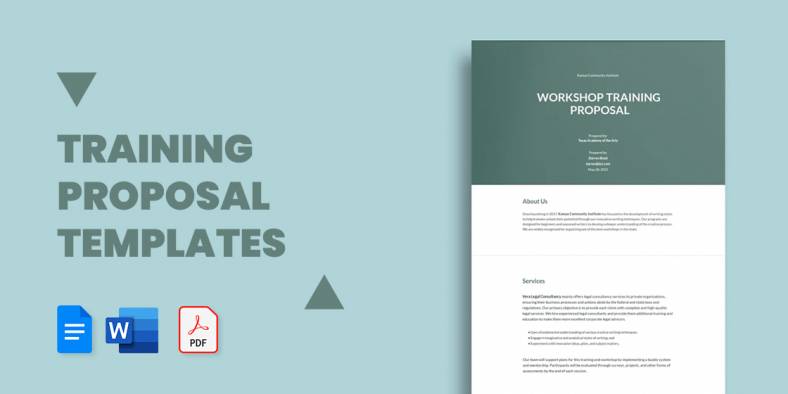
A training proposal templates is usually used by institutions/organizations that offer a huge range of training exercises and courses for…

A request that is made by a company or an organization announcing about the vacant position or any other profile…
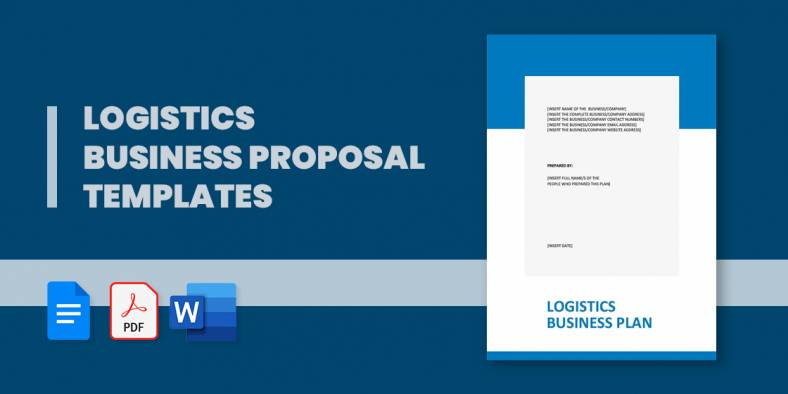
Netzwerkverbindung! This word fits the current status of the world. You have coltan from the Democratic People’s Republic of Congo…

A project proposal is a structured document that outlines the objectives, scope, and implementation plan of a project, serving as…
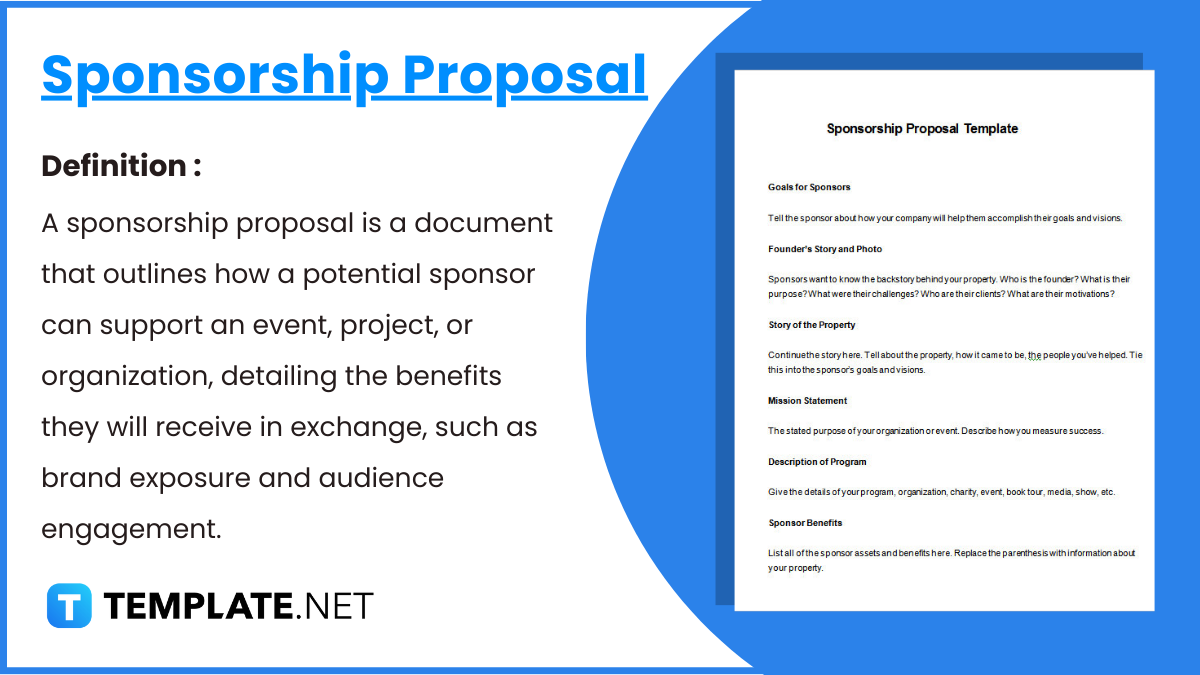
A sponsorship proposal is a formal request outlining how one party can support another, typically through financial or in-kind contributions…
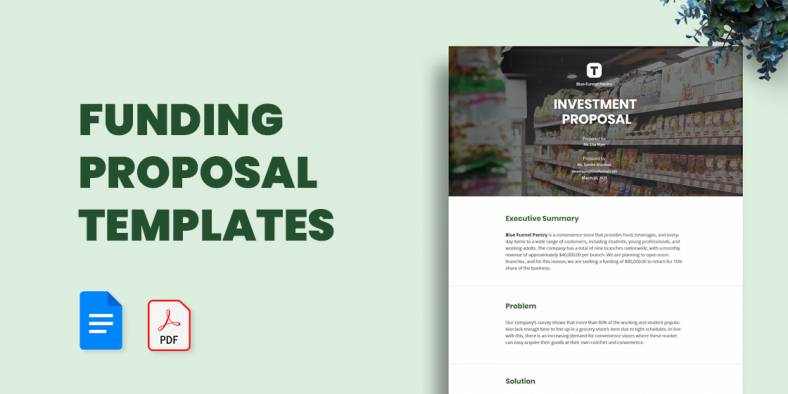
A funding proposal is used to provide an overall request to provide funds for the proposed project by giving an…
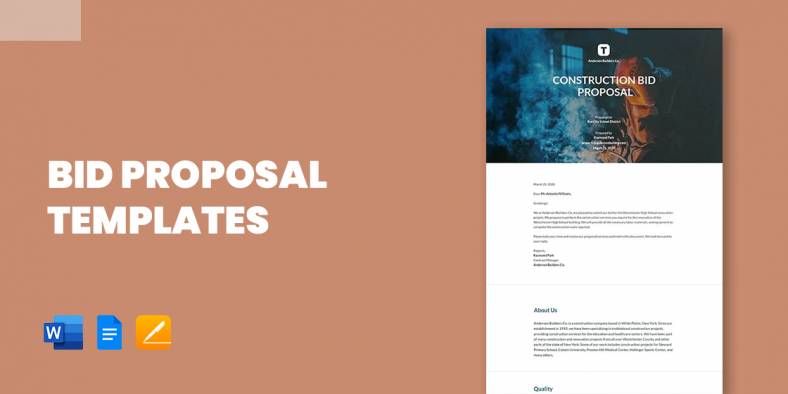
A detailed account of the products and services that are provided to your client with an estimated cost of each…
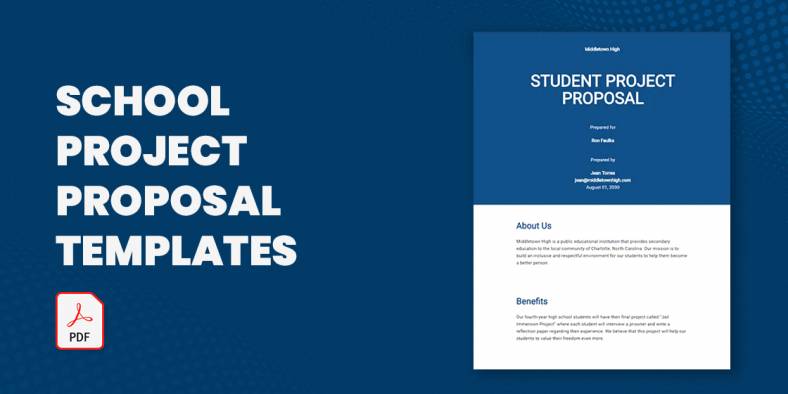
Your years in college or even in middle school wouldn’t be complete if you were never required to write a…